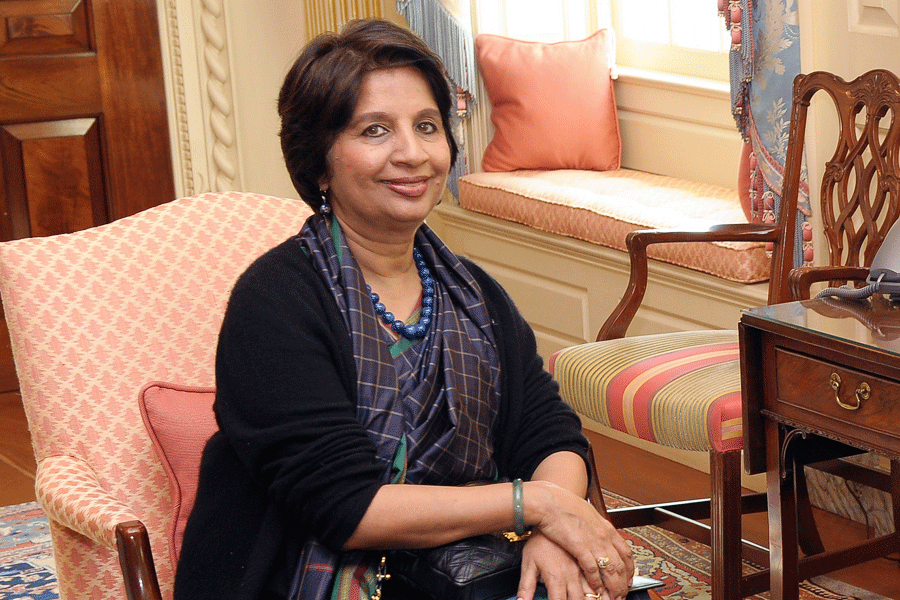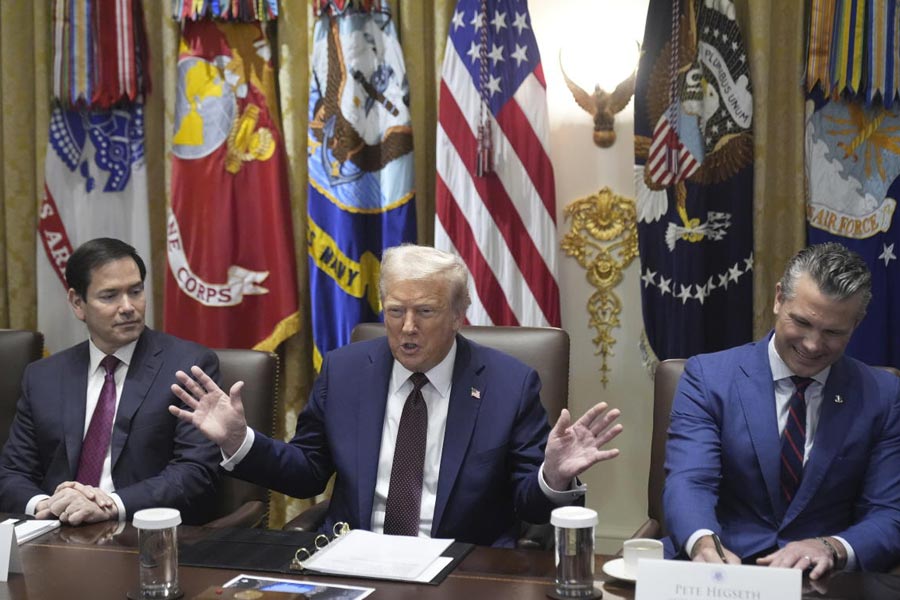The glass may be half-empty, or half-full. It all depends on the observer. The all-women’s bank, which was inaugurated by the prime minister in Mumbai, presents a similar conundrum. Is it ‘inclusive’ banking, that is, ensuring that more women are included in banking services? Or is it ‘exclusionary’, allowing men to deposit money but showing a “positive bias” towards women in lending? The Bharatiya Mahila Bank, which will soon be spreading across the country, first into cities and then into the countryside, had been on the United Progressive Alliance’s agenda for a while, with Rs 1,000 crore set aside for it in the 2013-14 budget. The bank is intended for the financial empowerment of women, not only through the funding of women-run businesses and the supporting of self-help groups, but also through the funding of specific skill development programmes, such as toy-making or mobile-repairing, offers of targeted products such as loa-ns for kitchen improvement and day-care centres, and fresh ideas about collateral for those women who have nothing, such as property, in their name.
The ideas are all honourable, but questions remain. The first one is practical. Since the BMB plans to succeed where other public sector banks have failed, whether in villages or among earning but poor urban women, how will it go about this? Will an all-women board, more women than men on the staff, women-targeted products be enough? There are issues of class, caste and attitude, not just gender, that have always posed barriers between banks and their potential customers. Less privileged women may go to a BMB instead of another public sector bank. So will the BMB reach spots where no bank has ever gone before? Lack of access is a real problem for poor women. Of course, it will be a while before the BMB can be seen making a real difference, and if it does, that would be welcome. But there is also a question of principle. To make a virtue out of difference may not, in the long run, be the best for anyone’s empowerment, women, men, Indians, underprivileged people. All banks should serve all classes and all genders, and all women should be motivated to use all kinds of banks. Health, social or economic, lies in striving for equality and fairness, not in creating and perpetuating controlled environments. The line of least resistance, particularly if it is poll-friendly, leads only to shallow, short-term success.










